Alexander triumphs in London

Highlights from Sotheby's London sale 17th November
14 images
With many of the lots from the Christopher Alexander sale far exceeding their low estimates, the auction with only 157 lots made a healthy total of around £2.5m
- Lot-7, West-Anatolian-rug-fragment, 17th century, est. £7,000-9,000, sold for £23,750 ($31,225). Sotheby’s London, Rugs and Carpets, 7 November 2017
- Lot-8 Bergama-rug-fragment, west Anatolia, 1700 or earlier, est. £1,400-1,800, sold for £10,000 ($13,150), Sotheby’s London, Rugs and Carpets, 7 November 2017
- Lot 26, Two Sarkislar carpet fragments, East-Anatolia, (est. £5,500-7,500), sold at £50,000 ($65,470)
- Lot 10 Anatolian carpet, 18th century, est. £15-20,000, sold for £25,000 ($32,870). Sotheby’s London, Rugs and Carpets, 7 November 2017
- Lot 30, a South-Central-Anatolian or Karapinar rug fragment, Konya-region, the so-called Pink Panther’ rug, 17th century, est. £40-60,000, sold for £309,000 ($406,275). Sotheby’s London, Rugs and Carpets, 7 November 2017
- Lot 88 west Anatolian ‘Holbein’ rug fragment, 17th century or earlier, est. £8,000-12,000), sold for £62,500 ($82,175), Alexander collection, Sotheby’s London, Rugs and Carpets, 7 November 2017
- Lot 122, Ushak Lotto arabesque carpet, 16th century, est. £30-40,000, sold for £81,250 ($106,830), Alexander collection, Sotheby’s London, Rugs and Carpets, 7 November 2017
- Lot 34, European ‘Turkey work’ carpet fragment with Anatolian Selendi ‘bird’ rug design, 16th century, est. £2,000-4,000, sold for £6,875 ($9,040), Alexander collection, Sotheby’s London, Rugs and Carpets, 7 November 2017
- Lot 144, northwest Persian Harshang-design carpet, circa 1800, est. £50-70,000, this sold for £60,000 ($78,600), Sotheby’s London, Rugs and Carpets, 7 November 2017
- Lot 1 Nurata suzani, Uzbekistan, 19th century, est. £6,000-9,000, sold for £15,000, ($19,720), Sotheby’s London, Rugs and Carpets, 7 November 2017
- Lot 144, northwest Persian Harshang-design carpet, circa 1800, est. £50-70,000, this sold for £60,000 ($78,600), Sotheby’s London, Rugs and Carpets, 7 November 2017
- Lot 84, an unsigned silk and metal thread Kum Kapı carpet, Turkey 20th century (est. £80-120,000), sold for £175,000 ($230,090). Sotheby’s London, Rugs and Carpets, 7 November 2017
After months of growing anticipation, the well-publicised first tranche of twenty, mainly early Anatolian village rugs and carpet fragments, from the collection of the Anglo-American architectural guru Professor Christopher Alexander sold well. Bucking the general market trend, the dedicated carpet sale of 154-lots offered at Sotheby’s New Bond Street’s on 7 November 2017 was one of the most exciting and successful rug auctions seen in London in recent years.
During the sale preview, a well-known rug pundit opined that ‘auctions are not a spectator sport’. Usually true, but not so this time! The deliberately enticing estimates for the Alexander rugs proved in almost all instances to be no more than a fraction of the eventual sale prices. An auctioneer’s dream, with aesthetic quality augmented by provenance, all the Alexander pieces sold exceptionally well, with thirteen of the twenty lots bought on the telephone after aggressive bidding by a relatively new collector from New York whose business is in the highly competitive field of contemporary art. He was, however, pushed hard by spirited and sometimes almost equally assertive bidding from other serious potential buyers in the crowded saleroom, on the phones, in the auctioneer’s book, and, significantly, online, but only once failed to go the distance.
The first Alexander rug was lot 7 (est. £7,000-9,000), a colourful 17th century red-ground Konya fragment with two octagonal medallions and a white-ground ‘whirling leaf’ border, which tripled its mid-estimate at £23,750 ($31,225, including the just increased buyer’s premium of 25% on hammer prices up to $250,000). Then lot 8 (est. £1,400-1,800), a beautiful, deep purple-ground fragment with a repeat design of multi-lobed Turkic medallions in offset diagonal rows, was still a bargain at £10,000 ($13,150). Lot 26, two glorious fragments of an early East Anatolian Şarkişla medallion and palmette carpet (est. £5,500-7,500), soared to £50,000 ($65,470), despite unsympathetic mounting that made them hard to read, especially on paper rather than in person. And just for good measure, the New York collector also bought lot 9, a pretty little fragment of a 16th/17th century Star Ushak carpet (est. £800-1,200) for £1250 ($1,645): this was not an Alexander piece but rather one of a number of antique rugs and fragments consigned by a ‘Prominent Private Collection’, thought to be on the US East Coast.
An almost complete Konya ‘column’ prayer rug that had appeared on the cover of HALI 74 in 1994, lot 29 (above) was estimated at a ludicrously low £3,500-5,000: this was the only significant ‘village’ rug from the Alexander collection that the NY collector let go, although he pushed the buyer, another US collector bidding in the room, to a well-deserved £62,500 ($82,175), and set the mood the sale’s leitmotif, next up at lot 30, the so-called Marcuson-Muse ‘Pink Panther’ Karapinar rug (below), for which their roles were reversed. After initial bidding from a number of places, this wonderful prize, among the most beautiful examples of its class to appear at auction in many years (est. £40-60,000), was eventually sold to the NY collector for £309,000 ($406,275), and should perhaps have made even more.
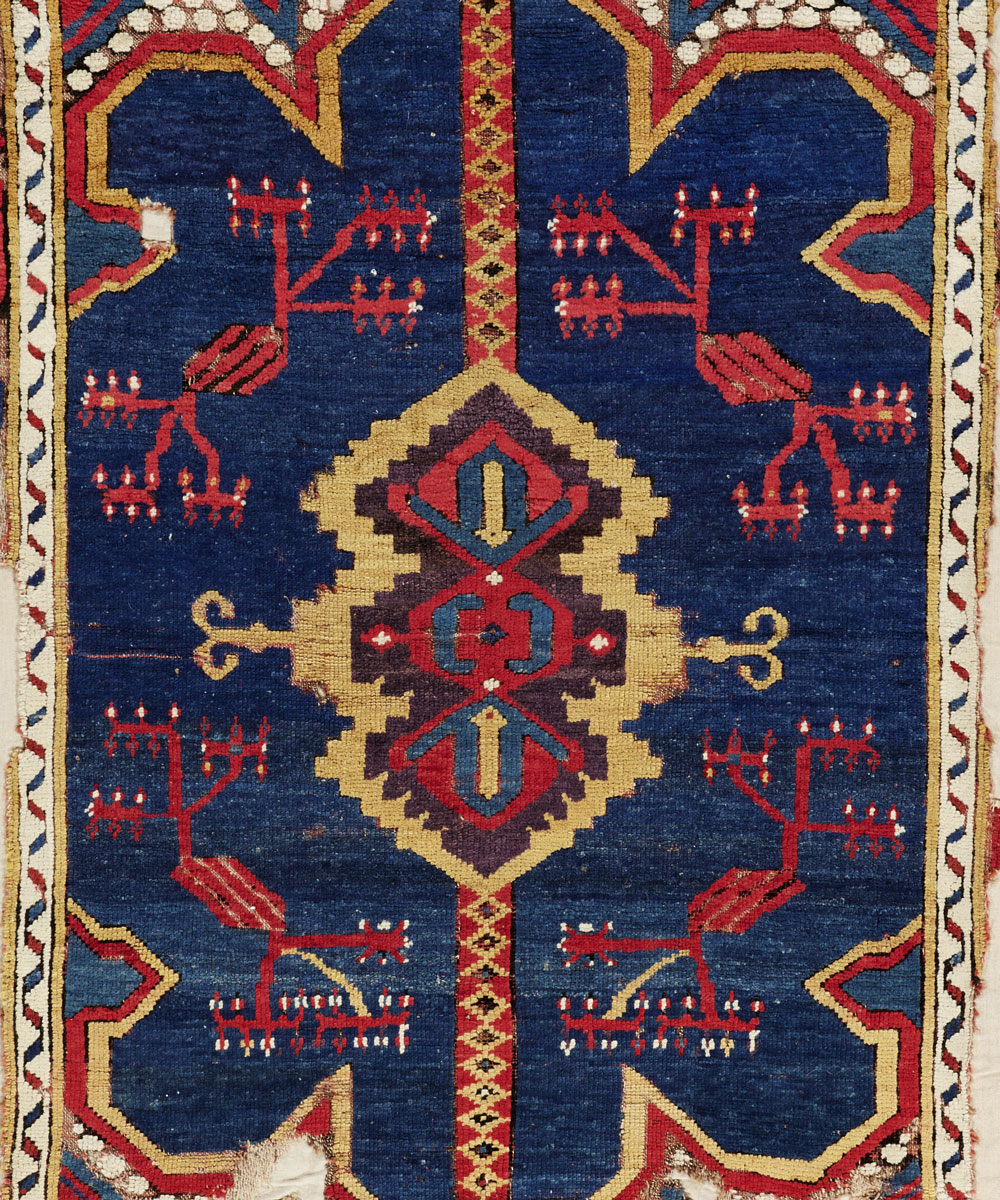
Lot 30, A ‘Karapinar’ rug fragment (detail). Central Anatolia, Konya region, 17th century. Approximately 1.10 x 2.29 m (3′ 7″ x 7′ 6″). Estimate £40-60,000
The Pink Panther shares the honour of joint top price in the sale with lot 78, a fragment of an obviously early white-ground runner with an enigmatic overall design of abstract S-dragon forms, within a classic two-tone red trefoil border, perhaps attributable to Eastern Anatolia. Like the Şarkişla fragments mentioned above, this too was diminished for display by ridiculous (fortunately removable) cloth mounting. Estimated at £28,000-40,000, it was eventually bought by the NY collector against particularly strong bidding in the room by the scion of a long-established British collection.
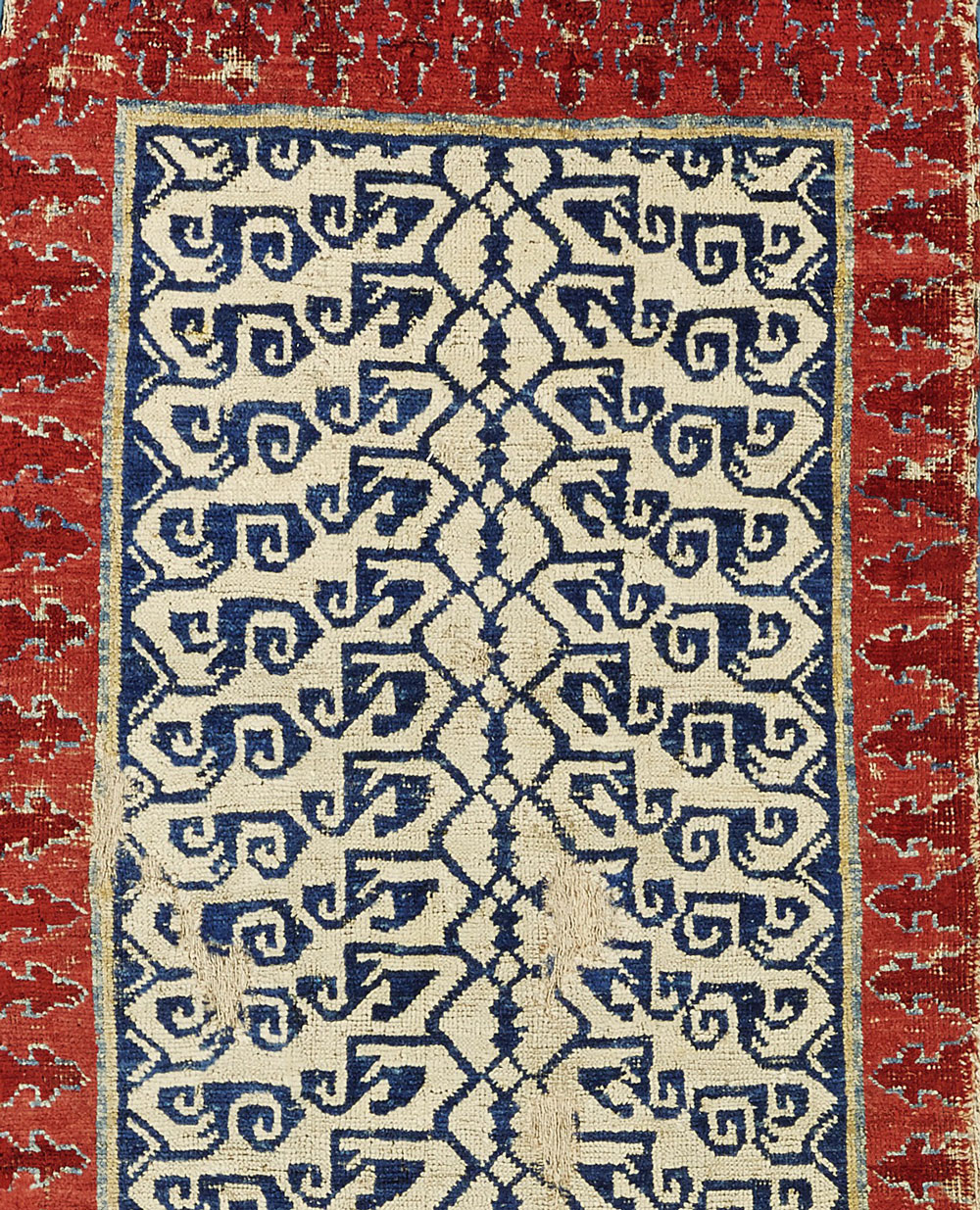
Lot 78. East Anatolian (?) Runner fragment (detail). Estimate £28,000-40,000. Sold for £309,000 ($406,725).
Displayed together in the sale preview, a trio of fragmented 17th century or earlier Central Anatolian (Konya and Karapinar) medallion carpets (lots 63, 64 and 65) that would not have been out of place on the walls of one of the great Turkish museums, were seriously underestimated at £5,500-7,500, £4,500-6,500 and £7,000-10,000 respectively. All three were sold to the NY collector. The first cost him £56,420 ($73,960), with a Turkish dealer as the under-bidder in the room. For the second, a Konya with a beautifully balanced composition, he saw out strong competition online and in the room from the US collector who bought the Konya ‘column’ prayer rug, in the end paying an astonishing £125,000 ($164,350). The third, unmistakably Karapinar, with green-ground ‘tree’ spandrels, cost £112,500 ($147,915).
At £25,000 ($32,870), lot 10, a large 18th century Central Anatolian carpet (est. £15-20,000) was one of the few Alexander pieces that sold within reach of pre-sale estimation: it had previously been bought-in against a higher estimate in an earlier, less successful, foray into the auction market at CLO back in October 1998. Other Turkish village rugs from Alexander’s collection bought by the NY collector included: lot 85, a small Karapinar with three Turkic göls in rectangular compartments, estimated at £2,800-4,000, which fetched £31,250 ($41,090); lot 88 (estimate £8,000-12,000), a very damaged yellow-ground west Anatolian ‘Holbein’ type, which was pushed by an online bidder to £62,500 ($82,175); and lot 121, a fragmentary red ground Konya prayer rug with an incipient re-entrant design, estimated at £2,500-4,000 and sold for £75,000 ($98,610).
Four of Alexander’s rugs are best classified as west Anatolian workshop pieces, and as such were of less interest to the voracious NY collector. Lot 51, a fragment of a small 16th century Ushak Lotto (est. £2,800-4,000), and lot 52, a complete small-medallion Ushak of the same period (est. £20-30,000), sold for £13,750 ($18,080) and £35,000 ($46,020) respectively, the latter to a bidder on the internet. Lot 54, a blue-niche Gördes prayer rug of circa 1800 (est. £500-800), not illustrated Alexander’s book or in Sotheby’s printed catalogue, was bought in the room as a memento by a West Coast collector, a former architecture student of Alexander’s at UC Berkeley. The fourth, lot 122 (est. £30-40,000), a large early 16th century Kufic bordered Ushak Lotto arabesque carpet with a well-developed substrate design, which sold to a phone bidder for £81,250 ($106,830).
Not all Alexander’s rugs were Turkish. Lots 33 and 34, both fragments, and both estimated at £2,000-4,000, were European-made curiosities, and of historical and artistic significance. The first, sold for £16,250 ($21,365), is from a 16th century Spanish carpet, and shows a ‘coffered’ design that closely echoes that of certain Mudejar ceilings: another, larger, fragment is in the Museum für Kunsthandwerk in Frankfurt. The second, an example of European ‘Turkey work’, with a classical Anatolian Selendi ‘bird’ rug design, but knotted in blue-green wool on linen wefts, was perhaps made in England during the 1600s. It made £6,875 ($9,040). Both were bought by the same telephone bidder as the Lotto. Another non-Turkish Alexander rug, an unusual and delicately pretty Tarim Basin (Khotan) weaving, lot 40 (est. £2,000-3,000), was added to the NY collector’s haul for £7,500 ($9,860). The final non-Turkish piece was Alexander’s heavily worn but essentially complete classical (16th century) northwest Persian (Tabriz) Barbieri medallion carpet, lot 89, which was acquired from Lefevre and Partners in London in 1979. This sold, to a telephone bidder, for £68,750 ($90,395).
Of course, there were also another 134 non-Alexander lots in the sale (three were withdrawn), not all of which should pass without mention. Lot 1 (est. £6,000-9,000) comprised two Uzbek suzani embroideries, of which one was distinguished by the very rare inscription of lines of Persian poerty in a cartouche frame around the central field. The lot sold for £15,000 ($19,720). Then there was lot 43, a Yarkand pomegranate design rug, rather worn in places, with a dark blue field and dramatic reciprocal ‘cloud-head’ borders, obviously of considerable age, from the collection of the Alexandrine heiress Argine Benaki Salvago, whose magnificent Ottoman silks and velvets sold for record sums back in April 2017. This very pretty rug sold inexpensively at the bottom of its estimate for £10,000 ($13,150). Another Salvago consignment was a very worn and many times repaired Karapinar runner fragment, akin to the famous piece now in the Kuwait National Museum, which was estimated at £3,000-5,000 and sold for £15,000 ($19,720). One of the most dramatic and admired of the non-Alexander rugs was lot 144, a northwest Persian Harshang-design carpet from circa 1800, this sold within estimate at £60,000. And last, but by no means least, lot 84, an unsigned silk and metal thread Kum Kapı carpet with a dense Safavid-style allover design of palmettes, animals and birds on a gold ground (est. £80-120,000), which sold to an internet bidder for £175,000 ($230,090), surely a world record price for a carpet sold live on the world wide web.
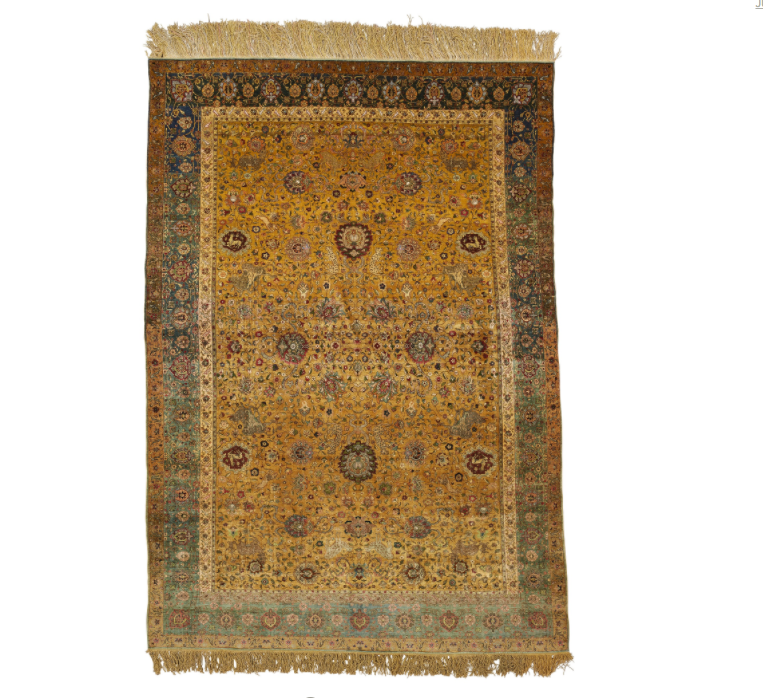
Lot 84, an unsigned silk and metal thread Kum Kapı carpet, Turkey 20th century (est. £80-120,000), sold for £175,000 ($230,090). Sotheby’s London, Rugs and Carpets, 7 November 2017
We calculate that in a sale with a very healthy overall yield of just under £2.5/$3.2 million, just under half was spent by a single purposeful collector, bidding against real live competition. In so doing he, and the under-bidders, have set new levels of expectation for a certain style and quality of goods, but which may also be hard to match in the near future without the added wow factors of provenance and reputation.


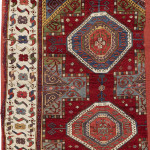

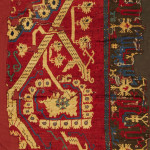
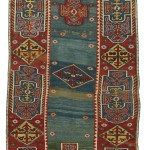

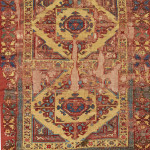
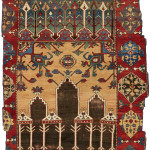


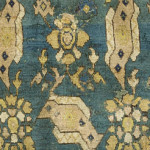
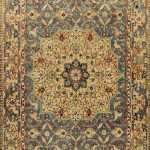
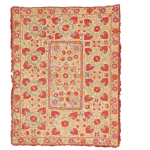
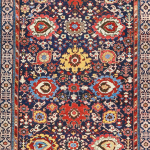
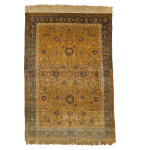
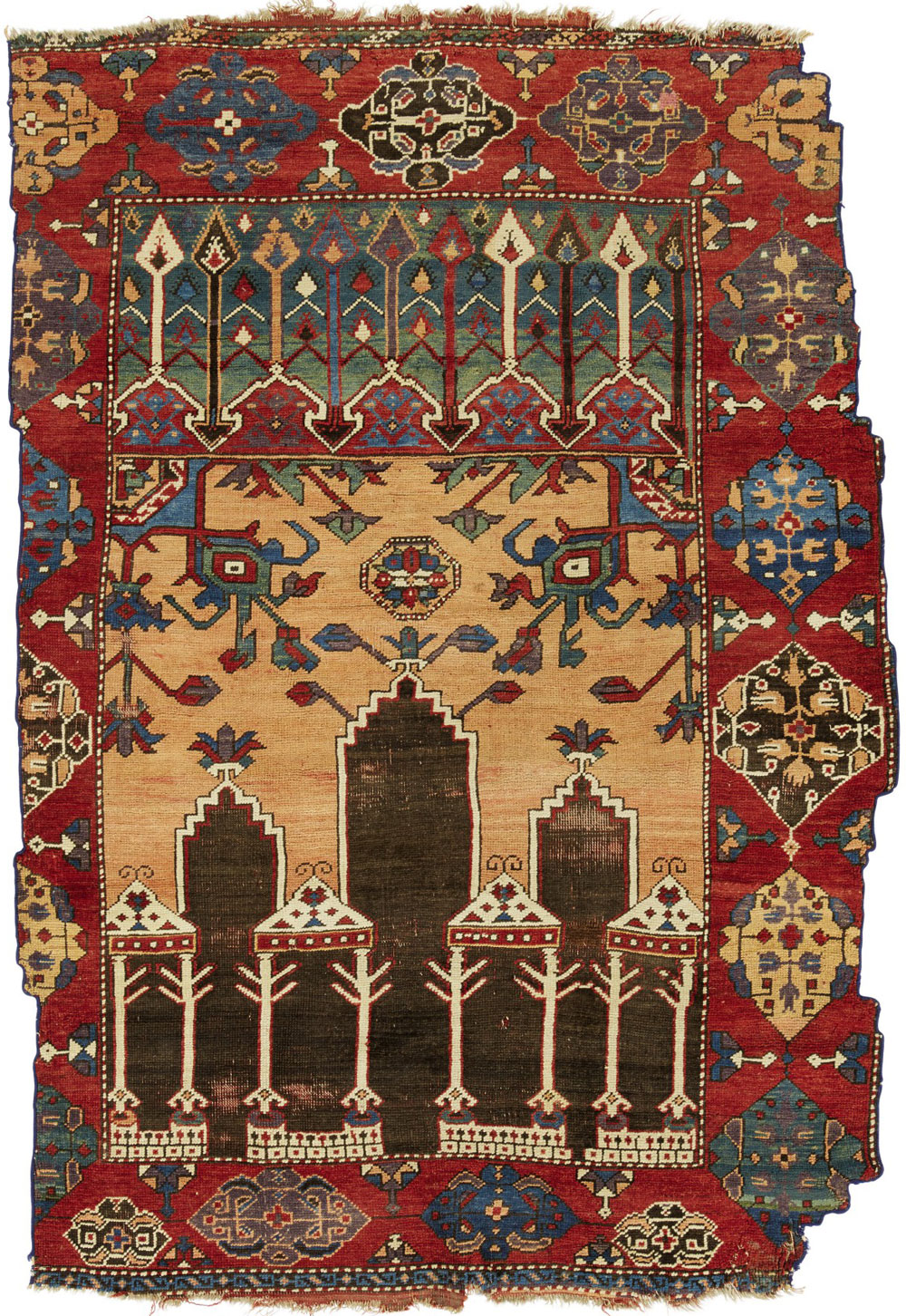

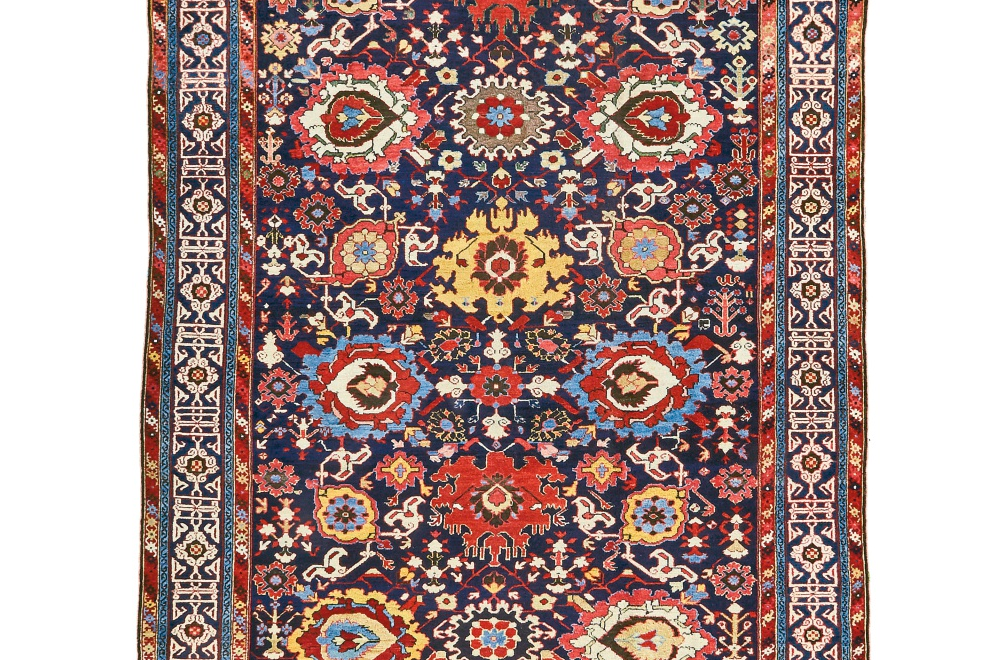
























Comments [0] Sign in to comment